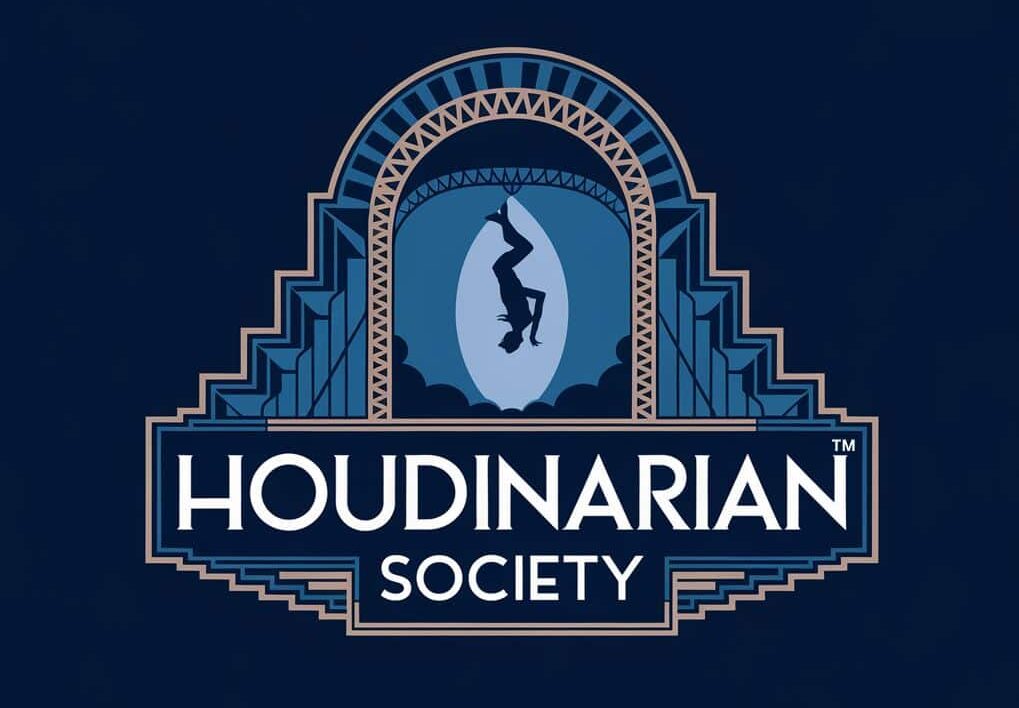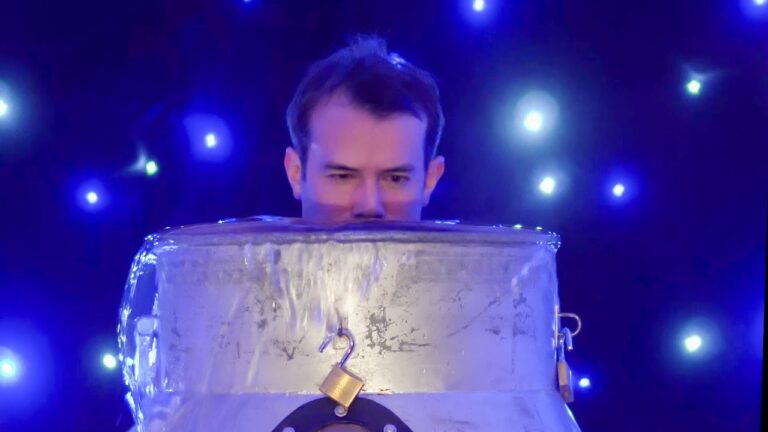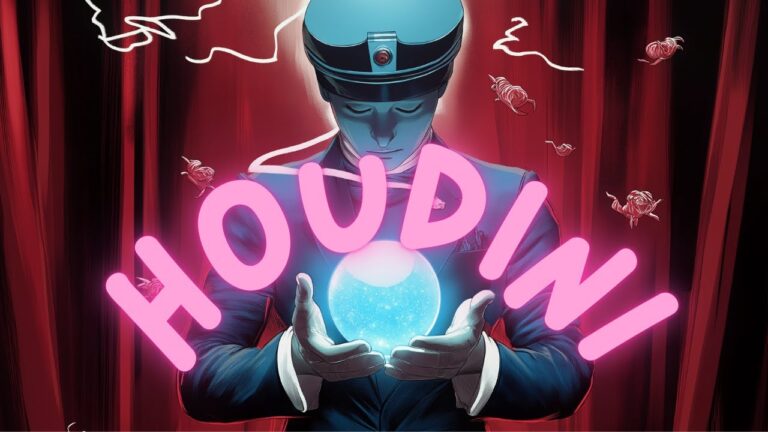Exploring the Psychology of Magic: Why Do We Love Illusions?
Magic shows captivate audiences by tapping into deep psychological mechanisms in your brain. When you watch a magician perform impossible feats, your mind becomes entangled in a fascinating dance between belief and disbelief.
Your brain loves magic tricks because they challenge your perception of reality and activate reward centers associated with solving puzzles and experiencing wonder.
The psychology behind magic tricks reveals how magicians exploit natural cognitive processes to create their illusions. They use techniques like misdirection, false memories, and suggestion to guide your attention exactly where they want it. More importantly, they guide your attention away from where they don’t.
Magic’s appeal spans across cultures because it connects to your innate desire to experience amazement and wonder. When you watch a skilled magician perform, you willingly enter a state where the impossible becomes possible, if only for a moment. This temporary suspension of disbelief creates a unique thrill that keeps you coming back for more.
The Cognitive Mechanisms Behind Magic

Magic tricks rely on specific mental processes that make your brain vulnerable to deception. Scientists have uncovered fascinating patterns in how your mind processes information during magical performances.
How Misdirection Exploits Attention Patterns
Your brain can only focus on a limited amount of information at once. Magicians use this limitation to guide your attention away from the secret moves they make.
When a magician waves their hand dramatically, your attention naturally follows the movement. This creates a perfect opportunity for them to perform the actual trick with their other hand.
Your visual system prioritizes sudden movements and bright objects. Skilled magicians exploit these attention triggers to:
- Direct focus to irrelevant actions
- Create false memories of events
- Hide crucial movements in plain sight
The Role of Working Memory in Processing Magic Tricks
Your working memory holds only about 4-7 pieces of information at once. Magicians craft their performances to overload this system.
By presenting multiple actions in quick succession, they prevent you from forming complete memories of what happened. This makes it harder for you to piece together how the trick works.
Magic routines often use false solutions – seemingly logical explanations that lead your memory away from the real method.
Cognitive Load and Its Impact on Perception
When your mind is busy processing complex information, your ability to notice subtle details decreases significantly. Research shows that increased mental strain makes you more susceptible to magical deception.
Magicians increase your cognitive load by:
- Adding complex narratives
- Including multiple moving elements
- Creating time pressure
- Introducing unexpected events
Your brain takes mental shortcuts when overwhelmed, making assumptions about what “must have happened” rather than what actually occurred.
Emotional Responses to Magic

Magic creates powerful emotional reactions in audiences by tapping into basic human psychology and our natural desire for wonder. Research shows that watching magic tricks can trigger positive emotional states and activate reward centers in your brain.
The Thrill of Surprise and Wonder
When you witness an impossible feat, your brain experiences a rush of dopamine – the same chemical linked to pleasure and reward. Your pupils dilate, your heart rate increases, and you feel a surge of excitement.
The feeling of astonishment creates a memorable emotional peak that your brain wants to experience again and again. This is why you lean forward in your seat during a magic show, hoping to catch every detail.
Magic tricks work best when they challenge your existing beliefs about what’s possible. The greater the gap between what you expect and what actually happens, the stronger your emotional response becomes.
How Emotions Enhance the Experience of Magic
Your emotional state plays a crucial role in how you experience magic. When you’re engaged and excited, you become more receptive to the magician’s misdirection and storytelling.
Magicians carefully manipulate your attention and perceptions by building emotional connections. They use humor, mystery, and suspense to keep you invested in the performance.
The social aspect amplifies these emotions. Watching magic with others creates shared moments of amazement that strengthen the overall impact of the illusions.
The Psychological Comfort of Predictable Unpredictability
Magic offers a unique form of controlled chaos. You know you’re going to be fooled, but you don’t know exactly how. This creates a safe space to experience uncertainty.
The structured nature of magic performances gives you permission to temporarily suspend your skepticism. You can enjoy being deceived because you trust the magician’s implicit promise that everything will make sense in the end.
This balance between belief and skepticism creates a comfortable mental space where you can explore the impossible without threatening your understanding of reality.
The Brain’s Creation of False Explanations

Your brain loves to make sense of the world, even when things don’t add up. This natural tendency leads you to create explanations for magical effects that seem logical but are completely wrong.
Cognitive Biases in Interpreting Magic
When you watch a magic trick, your mind automatically creates false explanations to make sense of the impossible. This happens through several key biases.
Your brain fills in missing information with what it expects to see. A magician might exploit this by showing you an empty hand while secretly concealing an object.
You tend to remember only the important moments of a trick, creating a simplified version in your memory. The magician uses this to hide crucial moves between these memorable points.
The Role of Pattern Recognition in Illusions
Your brain excels at finding patterns, which makes you vulnerable to deception. Magicians manipulate these pattern-recognition systems to create convincing illusions.
When a magician repeats an action three times, your brain creates a pattern. The fourth time, when they do something different, you miss the change because you’re expecting the pattern to continue.
Your visual system prioritizes certain patterns over others. Moving objects catch your attention while static ones fade into the background.
Why Our Brains Prefer Simple Explanations
Your mind naturally gravitates toward the simplest possible explanation for events. This mental shortcut, while usually helpful, makes you susceptible to magic tricks.
When faced with a complex illusion, your brain chooses straightforward explanations over complicated ones. You might think “the card disappeared” rather than considering the intricate series of moves the magician actually performed.
This preference for simplicity makes you accept impossible explanations rather than questioning your assumptions about what you’ve seen.
Historical Use of Psychological Principles in Magic
Magic performances rely on deep psychological principles that have been refined and perfected over centuries. Expert magicians use proven techniques to guide attention, manipulate memory, and create powerful illusions in the mind.
Houdini’s Techniques and Psychological Manipulation
Harry Houdini mastered psychological forcing techniques to control audience reactions. He understood that spectators would focus intensely on his escape attempts while missing crucial movements happening elsewhere.
His famous “Metamorphosis” trick played with your expectations by using misdirection. When you watched his assistant enter a locked trunk, your brain made assumptions about what would happen next.
Houdini’s greatest psychological insight was recognizing that anticipation creates stronger reactions than the tricks themselves. By building dramatic tension before his escapes, he amplified the emotional impact when you finally saw him break free.
Classic Tricks and Their Psychological Underpinnings
The cups and balls routine succeeds by exploiting your brain’s tendency to fill in gaps with expected information. When you see a ball placed under a cup, your mind creates a complete mental model of where it should be.
Magicians have used misdirection in card tricks for centuries by manipulating your attention. A skilled performer guides your focus exactly where they want it through subtle gestures and verbal cues.
The linking rings demonstrate how your mind seeks logical explanations for impossible events. Even when you know there must be a method, your brain struggles to process solid metal passing through solid metal.
The Evolution of Psychological Strategies in Magic
Modern magicians use scientific understanding of perception to create stronger illusions. They now precisely time their movements to exploit your brain’s natural blind spots.
Technology has enabled new forms of psychological manipulation. Digital magic shows use carefully crafted visual elements to direct your attention across screens.
Key psychological principles in magic:
- Pattern recognition exploitation
- Selective attention control
- Memory manipulation
- Expectation management
Expert performers still rely on fundamental principles of human perception that have worked for generations.
Modern Neuroscience and Magic
Brain scans and advanced imaging tools have revealed fascinating insights into why magic tricks captivate your mind. Scientists now understand the specific neural pathways that light up when you watch illusions.
Recent Findings in Neuroscience Related to Magic
Cognitive neuroscience research has shown that magic tricks exploit your brain’s natural tendency to fill in gaps and make assumptions. Your visual cortex processes only select pieces of information, allowing magicians to direct your attention away from their methods.
Magic tricks take advantage of cognitive biases that evolved to help you make quick decisions. These mental shortcuts let magicians guide your perceptions in predictable ways.
Scientists have identified specific brain regions that activate when you watch magic, including areas linked to:
- Problem-solving
- Pattern recognition
- Emotional responses
- Memory formation
How Brain Imaging Studies Explain the Appeal of Magic
Modern brain scanning techniques reveal that watching magic activates your reward centers, similar to solving puzzles or experiencing pleasant surprises. Your brain releases dopamine when you try to figure out how tricks work.
The anticipation of magical effects triggers activity in your anterior cingulate cortex, the region responsible for detecting conflicts between what you expect and what you see.
Your prefrontal cortex works overtime during magic shows, attempting to reconcile the impossible events unfolding before your eyes with your understanding of reality.
The Connection Between Neural Mechanisms and Audience Reactions
Magicians skillfully manipulate attention networks in your brain, causing you to focus intensely on certain elements while missing crucial details. This creates the perfect conditions for deception.
Your mirror neurons fire when watching a magician’s graceful movements, helping you feel connected to the performance. This neural response builds trust and engagement.
The combination of surprise, wonder, and cognitive challenge creates a unique neural signature that explains why magic shows leave such lasting impressions on your memory circuits.
The Enduring Appeal of Magic
Magic tricks create a unique psychological experience that combines mystery, entertainment, and cognitive challenges. Scientific studies of magic show it activates multiple areas of your brain, making it a deeply engaging form of entertainment.
Why We Enjoy Being Deceived
Your brain actually finds pleasure in being fooled by magic tricks. When you watch a magician perform, you experience a delightful conflict between what you know is possible and what you’re seeing.
This cognitive dissonance triggers a rush of dopamine, similar to solving a puzzle. You might think you want to know the secret, but research shows that revealing the method often diminishes the enjoyment.
The strongest magic effects tap into your fundamental assumptions about how the world works. When these assumptions are challenged, you experience a sense of wonder that’s both unsettling and thrilling.
The Social and Cultural Factors in the Love for Magic
Magic performances create shared experiences that bond audiences together. You’re united with strangers in collective amazement and mutual puzzlement.
Different cultures interpret magical effects through their own cultural lenses. What seems impossible in one society might be viewed differently in another, yet the core appeal remains universal.
The relationship between magician and audience is built on a unique trust. You know you’re being deceived, yet you willingly participate in the experience.
The Future of Magic in Light of Psychological Understanding
Modern magicians are incorporating insights from psychology to create stronger illusions. They use knowledge about attention, memory, and perception to craft more sophisticated deceptions.
Technology is changing how magic is performed and experienced. Virtual and augmented reality offer new possibilities for creating impossible effects.
Despite advances in science and technology, your desire for mystery and wonder remains unchanged. Magic continues to evolve while maintaining its core appeal of creating moments of astonishment.






